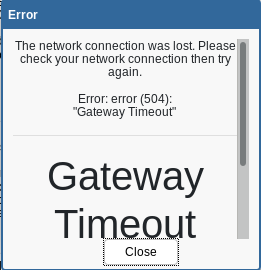Oracle > 10g specifično i DB generalno – crtice
A database schema (ERD) is the skeleton structure that represents the logical view of the entire database. It defines how the data is organized and how the relations among them are associated. It formulates all the constraints that are to be applied on the data.
It’s the database designers who design the schema to help programmers understand the database and make it useful.
Database schema is the skeleton of database, and it does not contain ANY DATA.
*****
A database instance is a state of operational database with data at any given time. It contains a snapshot of the database.
Link.
*****
A table typically has a column or combination of columns that contain values that uniquely identify each row in the table. This column, or columns, is called the primary key (PK) of the table and enforces the entity integrity of the table. A table can contain only one primary key constraint.
A foreign key (FK) is a column or combination of columns that is used to establish and enforce a link between the data in two tables. A FOREIGN KEY in one table points to a PRIMARY KEY in another table. The FOREIGN KEY constraint is used to prevent actions that would destroy links between tables.
Link1
Link2
Link3.
*****
Neke skraćenice :
DBMS – Database Management System
*****
Oracle CC > 10g ima ekstra licence za neke dodatne pakete, a na korisnicima je da procene koji im paketi trebaju. Takođe : in Standard Edition or Standard Edition One there are no management packs. These can be purchased only with the Enterprise Edition.
Also : licensing is considered on a CPU basis.
Meni se kao najzanimljiviji čine :
Oracle Diagnostics Pack provides automatic performance diagnostic and advanced system monitoring functionality. It includes :
Automatic Database Diagnostic Monitor (ADDM) – An automated tool that focuses on the database’s most intensive operations, drilling down into the performance to proactively determine root cause.
Automatic Workload Repository (AWR) – A repository that collects statistics at predetermined intervals on the workloads within the database. The AWR provides an historical reference for performance changes over time, including establishment of performance baselines, and adds great value to the capacity planning process.
Active Session History (ASH) – A key component of AWR, ASH samples session activity every second and stores it in views, replacing the need for more manual utilities such as SQL trace. DBAs typically use the v$active_session_history view to isolate performance problems with individual database sessions.
Data Dictionary Views – With some exceptions, data dictionary views beginning with dba_addm, dba_hist or dba_advisor are part of these management packs, and accessing them trigger a licensing event.
——————
Oracle Tuning Pack provides database administrators with expert performance management for the Oracle environment, including SQL tuning and storage optimizations. Oracle Diagnostics Pack is a prerequisite product to Oracle Tuning Pack.
It includes :
SQL Access Advisor – Advice on how to optimize schema design in order to maximize query performance. This feature takes input from a variety of sources, including AWR, to analyze a workload and provides recommendations on index creation and deletion, partition creation, and materialized views creation.
SQL Tuning Advisor – Statistics analysis, SQL profiling, and access path analysis with recommendations on how to optimize SQL. There is also an automatic mode that allows the database to automatically implement recommendations for conditions in which at least a three-fold improvement would result.
Real-Time SQL Monitoring – The most frequent use of Tuning Pack is typically real-time SQL monitoring. If a production environment experiences a performance issue, this is the only way for a DBA to determine what SQL statements are running while the problem is occurring.
Data Dictionary Views – Access to the sql_monitor, and sql_plan_monitor views require Tuning Pack licenses.







